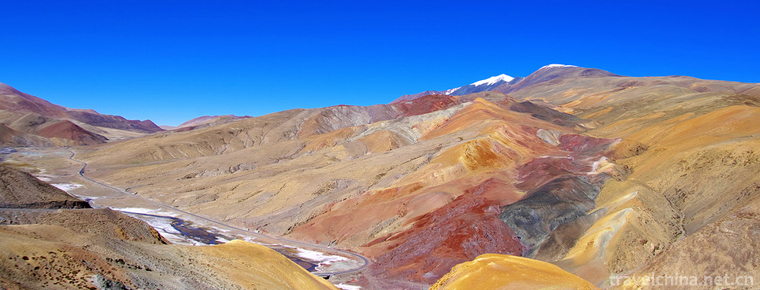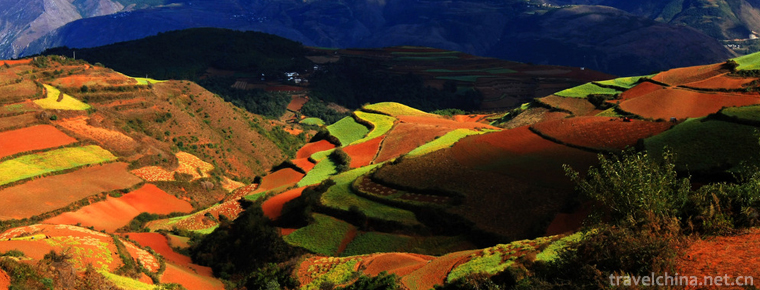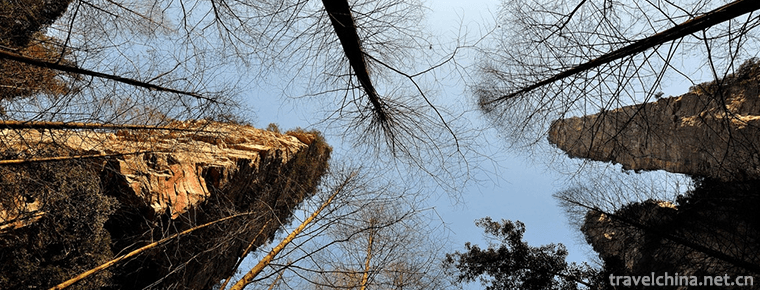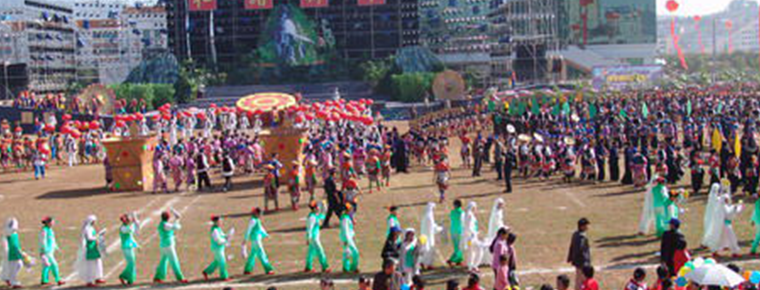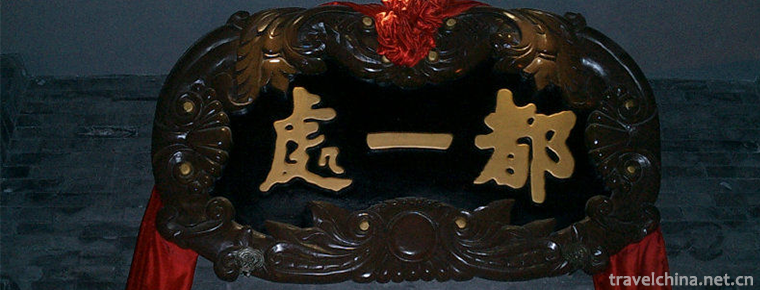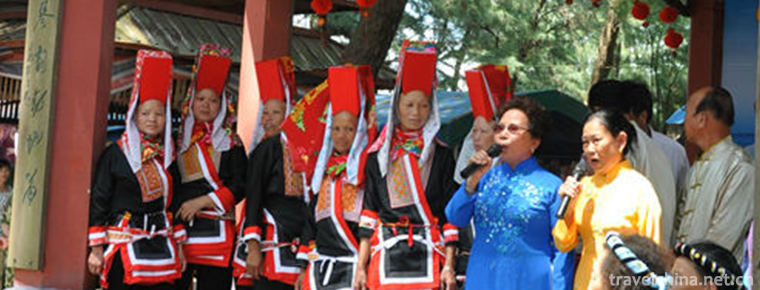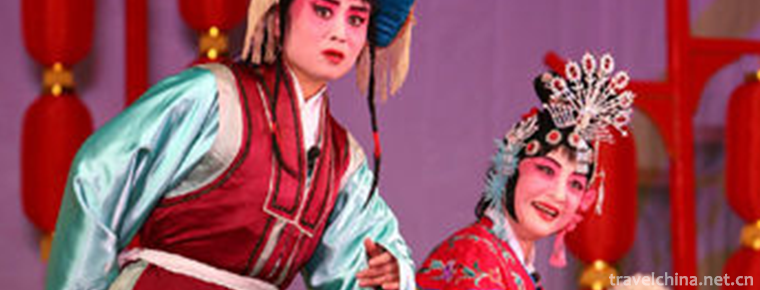Tea horse ancient road
Tea-horse ancient road refers to the folk international trade passage which exists in southwest China and takes horse gangs as the main means of transportation. It is also the corridor of economic and cultural exchanges among ethnic groups in southwest China. The tea horse road is divided into Sichuan Tibet line and Yunnan Tibet line.
The ancient tea-horse road originated from the tea-horse exchange in the ancient southwestern frontier. It flourished in Tang and Song Dynasties, Ming and Qing Dynasties, and was the most prosperous in the middle and late World War II. The ancient tea-horse road is divided into the Shaanxi-Gansu, Shaanxi-Kangzang and Yunnan-Tibet roads, connecting Sichuan, Yunnan and Tibet, extending into Bhutan, Sikkim, Nepal and India, until it reaches the coast of the Red Sea in West Asia and West Africa.
In March 5, 2013, the tea horse road was listed as the seventh batch of national key cultural relics protection units by the State Council.
China's tea horse road is divided into:
1, the Shanxi Gansu tea horse road is the main road of the Chinese mainland's westbound tea and changing horses. It is one of the main routes of the ancient Silk Road.
2. The Shaanxi-Kangzang-Tibet Tea-Horse Road (Jiugu Road) began in the Han Dynasty and was formed by the tea-horse exchange between Shaanxi merchants and the ancient southwestern frontier. During the Ming and Qing Dynasties, the government regulated the sale of tea and sold tea in different areas. The most prosperous market was Kangding, which was called Jigu Road.
3, Yunnan Tibet tea horse ancient road. Around the late 6th century AD, it started in Yiwu and Pu'er, Xishuangbanna, the main tea producing areas in Yunnan Province, and entered Tibet through today's Dali Bai Autonomous Prefecture, Lijiang City and Shangri-La to Lhasa. Some also transited from Tibet to India and Nepal, which was an important trade channel between ancient China and South Asia.
4. The ancient Sichuan-Tibet Tea-Horse Road is a part of the ancient Shaanxi-Kangzang Tea-Horse Road. It is an indispensable bridge and link between ancient Tibet and the hinterland, extending from Ya'an, Yazhou border tea producing area, to Lhasa, Tibet, and finally to Bhutan, Nepal and India.
Near Lashihai of Lijiang ancient city, Shaxi ancient town of Jianchuan County of Dali prefecture, Yunnan post of Xiangyun county and Nakeli of Puer city are well-preserved sites of ancient tea-horse road.
"Tea and horse ancient road" is a historical concept with a specific meaning, it refers to the Tang and Song Dynasties to the Republic of China period between Han and Tibet for the exchange of tea and horse formed a traffic arteries. Specifically, the tea horse road is divided into two main roads, namely, the Yunnan Tibet Road and the Sichuan Tibet road. Yunnan-Tibet Road originates from the tea-producing area of Erhai Lake in Western Yunnan. It passes through Lijiang, Zhongdian (today's Shangri-La County), Deqin, Mangkang, Chaya and Changdu, and then leads from Changdu to Weizang. The Sichuan-Tibet Road begins with the tea-producing area in Ya'an, Sichuan Province. Since Kangding, the Sichuan-Tibet Road has been divided into two branches: the northern route is directed north from Kangding, and the northern route is directed north through Daofu, Luhuo, Ganzi, Dege, Jiangda and Changdu (the northern route of the present Sichuan-Tibet Highway), which leads to the Wei-Tibet area. From Kang to the south, through Yajiang, Litang, Batang, Mangkang, Zuogong to Changdu (the southern line of the present Sichuan-Tibet Highway), and then from Changdu to the Wei-Tibet area.
In addition to the above trunk lines, the ancient tea-horse road also includes several branches, such as the branch from Ya'an to Songpan and even to Gannan; the branch from the northern Sichuan-Tibet road to Yushu, Xining and even to Taozhou (Lintan) in Qinghai Province via the former Dengke County (now Dege County in Sichuan Province); and the branch from Changdu to Wuqi and Dingqing in the northern meridian to Tibet. The northern area's feeder lines and so on. For this reason, some scholars believe that the "Tangbo ancient road" (that is, the present Qinghai-Tibet line) in history should also be included in the tea-horse ancient road. Some scholars believe that although Gansu and Qinghai-Tibet areas are also important destinations for tea transported from the ancient tea-horse road to Tibet, the ancient tea-horse road and the "Tang-Po road" do overlap, but "Tang-Po road" is another specific concept after all, its connotation and "tea-horse road" is somewhat different. Moreover, Gansu and Qinghai-Tibet areas were not on the main line of the ancient tea-horse road in history, but only one of the destinations for tea transportation and storage.
The history of tea horse road is not only one, but a huge traffic network. It is a road system consisting of three main roads: Sichuan-Tibet Road, Yunnan-Tibet Road and Qinghai-Tibet Road (Gansu-Qinghai Road), supplemented by numerous branches and supplementary lines. It extends across Sichuan, Yunnan, Qinghai and Tibet and extends to South Asia, West Asia, Central Asia and Southeast Asia, far reaching Europe. In the three Avenue, Sichuan Tibet road was first opened, with the largest transportation volume and greater historical effect. This article only talks about the ancient tea and horse road in Sichuan and Tibet.
The Yunnan-Tibet route in the ancient tea-horse road is Xishuangbanna-Puer-Dali-Lijiang-Shangri-La-Deqin-Chayu-Banda-Linzhi-Lhasa. Tea arriving in Lhasa was also transported to Calcutta, India, via the Himalayan Pass, and sold extensively in Eurasia, making it a major international channel. This international passage played an important role in the anti-Japanese war when the Chinese nation lived and died.
The tea horse road originated from the tea horse market in the Tang and Song dynasties. Because Kangzang is an alpine region, with an altitude of more than 34,000 meters, bamboo basil, milk, butter, beef and mutton are Tibetan staple foods. In cold areas, people need to eat high-calorie fat, but there are no vegetables, bamboo and hot, too much fat in the body is not easy to decompose, and tea can not only decompose fat, but also prevent dryness and heat, so in the long-term life of Tibetans, created the habit of drinking butter tea in the plateau, but Tibetan tea is not produced. In the Mainland, the civilian ambassadors and the army needed a large number of mules and horses, but the supply was in short supply, while the Tibetan areas and Sichuan and Yunnan border areas produced good horses. As a result, complementary tea and horse trade, namely "tea horse exchange" came into being. In this way, mule horses, fur, medicinal materials, tea, cloth, salt and daily utensils produced in Tibetan areas, Sichuan and Yunnan border areas, and Sichuan and Yunnan and inland areas are flowing from south to north between the high mountains and deep valleys in Hengduan Mountains, and are becoming increasingly prosperous with the development of social economy, forming an ancient tea-horse road that continues to this day. .
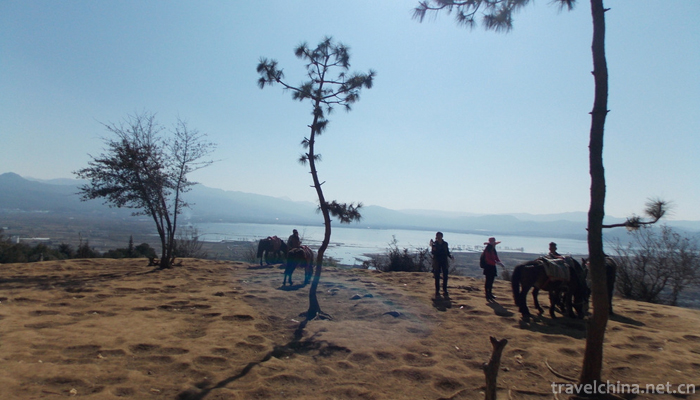
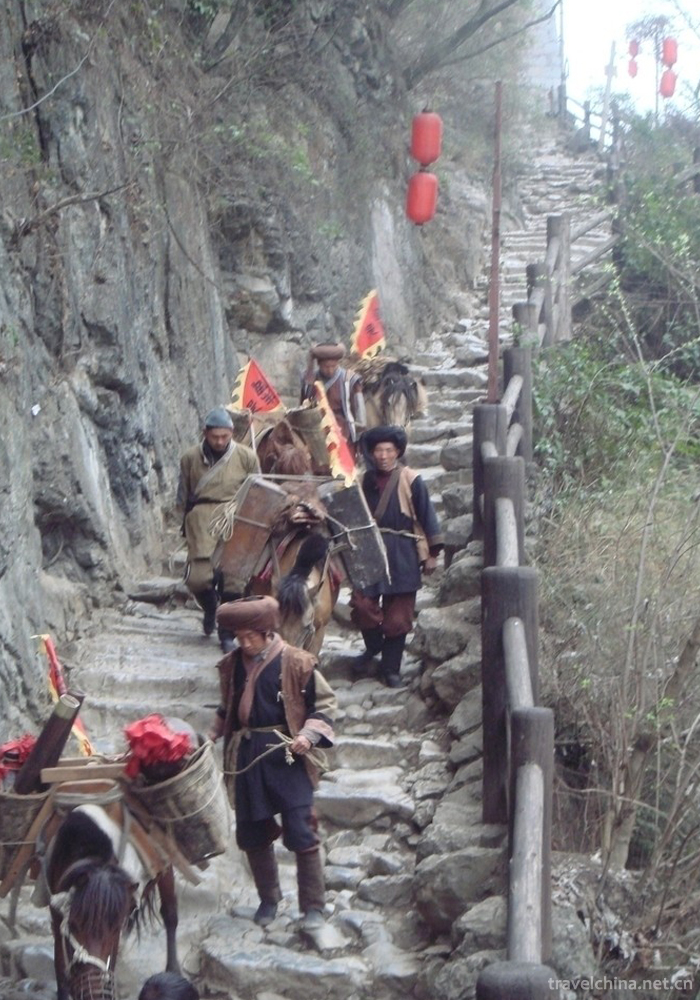
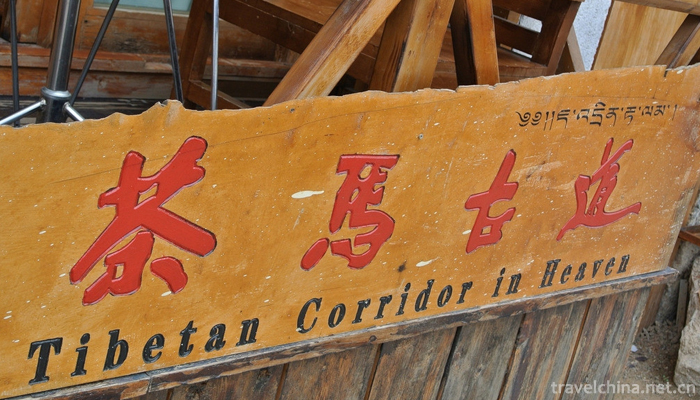
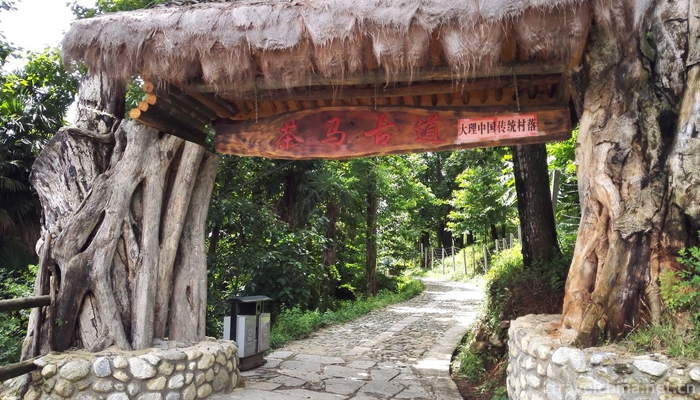
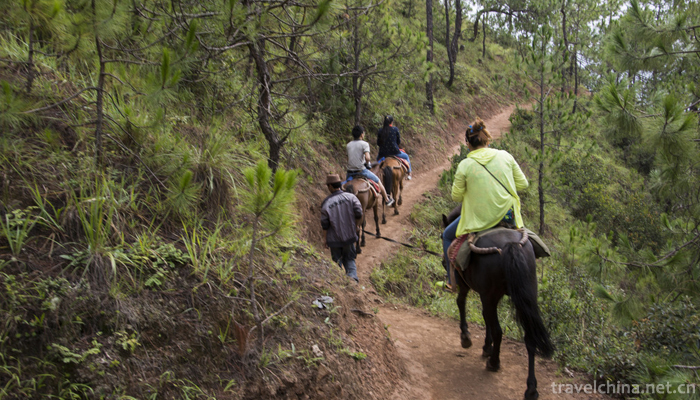
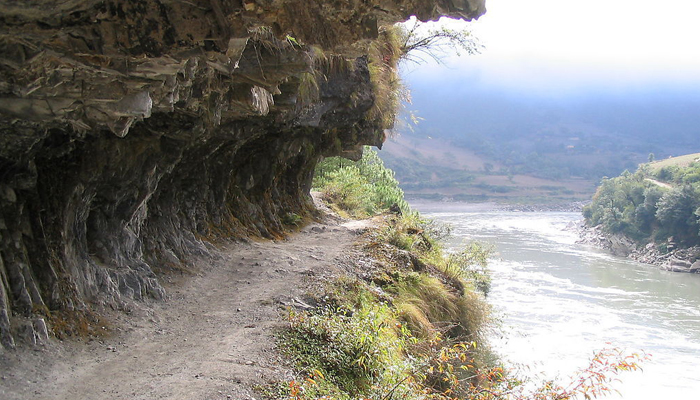
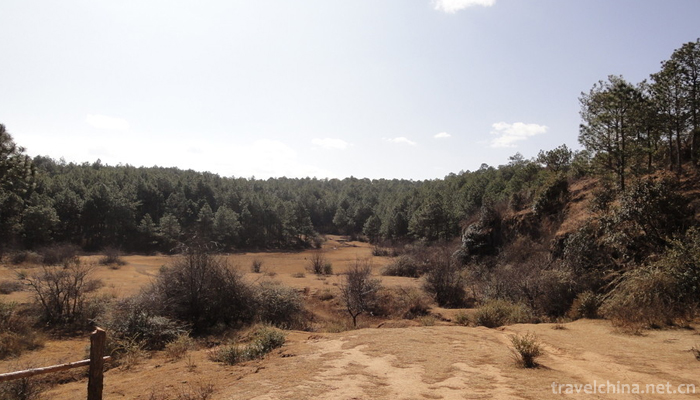
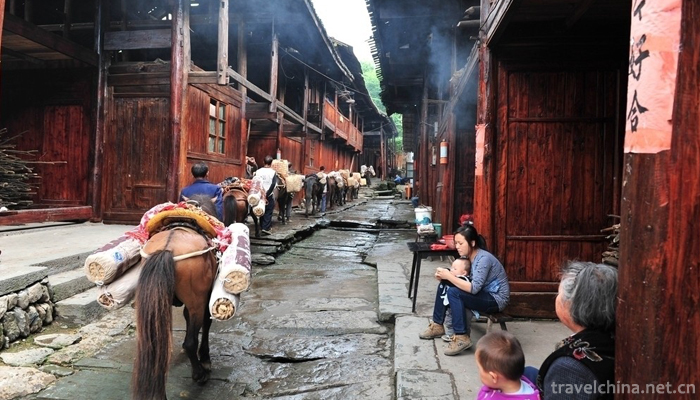
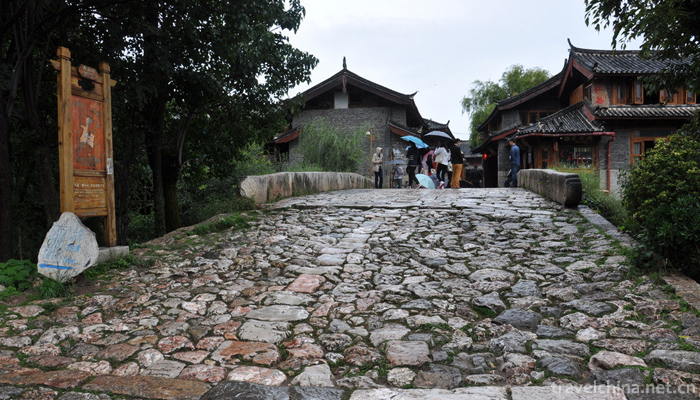
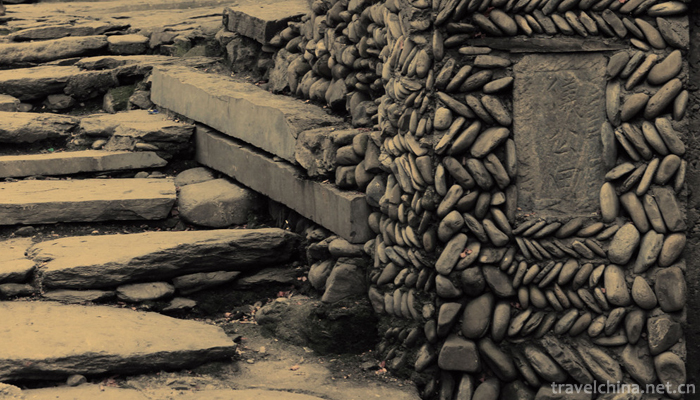
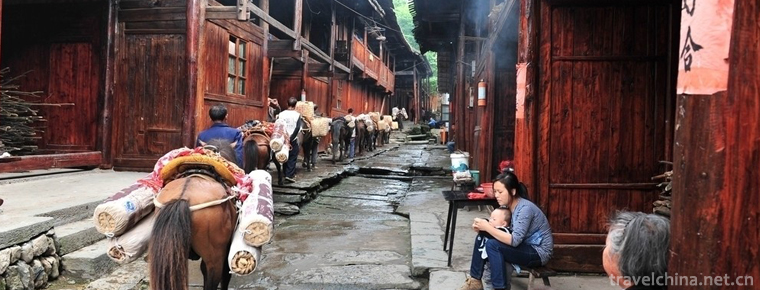
Tea horse ancient road
-
Dongchuan Red Land Scenic Area
"Dongchuan Red Earth" is located in the north-east direction of Kunming
Views: 203 Time 2018-10-21 -
Beihai Ocean Window
The Beihai Ocean Window is situated on the shore of the rich and beautiful Beihai Bay in China. It covers an area of 2.1 hectares and covers an area of 18,100 square meters. It consists of mysterious
Views: 157 Time 2018-12-26 -
Harbin Jinyuan Cultural Tourist Area
Harbin Acheng Jinyuan Cultural Tourist Area, the capital of Jin Dynasty from 1115 to 1234, is the only well-preserved capital site of Jin Dynasty. Up to now, the Royal City's Wumen Gate and palace bui
Views: 540 Time 2019-01-13 -
Dai nationality Zhang ha
Dai Zhangha, also known as "Zanha", is a traditional form of Dai folk song, which is spread in Xishuangbanna Dai Autonomous Prefecture in the southern border of Yunnan Province and Dai villa
Views: 138 Time 2019-04-24 -
Duyi barley roasting technology
Duyi Maiguan was opened in 1738, the third year of Qianlong in Qing Dynasty. The entrepreneur's surname is Wang, and his native place is Shanxi. For the first time
Views: 218 Time 2019-04-28 -
Fuxin agate carving
Fuxin agate carving, traditional art of Fuxin County, Liaoning Province, is one of the national intangible cultural heritage.
Views: 157 Time 2019-04-30 -
Kazakhstan Jing nationality Ha festival
Kazakhstan Festival, also known as "Singing Kazakhstan Festival", the so-called "Kazakhstan" or "Singing Kazakhstan" means singing. It is a traditional festival of the Ji
Views: 135 Time 2019-05-07 -
a kind of local opera popular in Shandong Province
Liuqiang, a local traditional drama in Jimo City, Shandong Province, is one of the national intangible cultural heritage.
Views: 263 Time 2019-05-14 -
Uygur Dastan
Uygur Dastan is a kind of Uygur singing and playing music. It is a kind of long narrative poem with rap and singing. It is a long poem with complete stories and characters. It is a folk art form with
Views: 148 Time 2019-06-26 -
Beihang University
Beijing University of Aeronautics and Astronautics is the first Institute of higher learning in Aeronautics and Astronautics founded in New China. It is a university with sacred mission and grand visi
Views: 197 Time 2019-09-06 -
Social security in Deyang
In 2018, there were 748000 employees participating in basic endowment insurance, 345000 in unemployment insurance, 752000 in medical insurance, 384000 in industrial injury insurance and 399000 in maternity insurance. In the whole year,
Views: 352 Time 2020-12-14
